Air Jordans are for many people the centrepiece of sneaker collections, with some rare Jordans for sale reaching incredible prices.
With an annual release schedule, particular Jordan designs are adored by fans, from the original “Banned” black and red Jordans to “The Last Shot” Jordan XIVs.
However, the shoe that in many ways popularised a love of retro rereleases (or retroed shoes), was also a shoe that MJ himself never wanted and sold terribly on its first rerelease.
At the same time, it also became Jordan’s favourite shoe, a star of the most controversial dunk contest to date and arguably popularise rare shoe collection.
To explain all of this, we will need to go back to a time when Michael Jordan was about to do what today seems unthinkable.
Taking To The Sky
Nike in 1987 was in a whirlwind. Rob Strasser, vice president at Nike had suddenly left the company.
This was a big deal for three reasons; the resignation seemingly came out of nowhere, he was seen as the marketing genius who had saved Nike, and he was the man who signed Michael Jordan.
This final point was a big deal, as his contract was set to be renegotiated soon, and with the departure of Peter Moore, lead shoe designer, as well as a deadline looming to showcase what would become the Air Jordan III to MJ himself, the outlook seemed grim for the company.
His Airness was a key reason why the company was doing as well as it was at the time, and he had so many options ahead if he decided to leave. He could join Adidas, the company he always wanted to work with or work again with Moore and Strasser at Sports Inc.
Tinker Hatfield Jr., Moore’s protagé, ended up taking on the challenge to win over Michael Jordan and decided the best way to do this was to focus on the newly style-conscious MJ, as well as look into what he wanted from his shoes.
Michael had the idea for a basketball shoe that was not a high-top so he had less restriction on his ankle, which led to the Jordan III having a mid-top design that gave some support as well as more freedom.
He also used a sketch that became the Jumpman logo on the top, tumbled leather that both looked luxurious and did not need breaking in, and also showed off the air unit on the heel, which allowed for more comfortable use.
Mr Hatfield had come up with an interesting design, but he needed to win MJ over from incredibly competitive pitches to save the company with it.
MJ had been golfing in between other presentations and wasn’t entirely happy to have another meeting, although he soon warmed up when he realised that his needs had been listened to, both on and off the court.
Once Mr Jordan started talking about different colourways, it became clear that he was staying with Nike.
They would get their most famous moment in 1988, as part of one of the greatest and most controversial NBA Dunk Contests ever between Michael Jordan and Dominique Wilkins.
It featured Jordan’s dunk from the free-throw line with one arm behind his back which deserved its perfect score, although there were accusations of favouritism given the contest took place in Chicago.
The first time the Jordan IIIs were rereleased in 1994, they sold fairly badly, but in 2001 they sold so well they created a long and noble tradition of “retroed” sneakers, where Nike would rerelease their older sneaker lines.
With an annual release schedule, particular Jordan designs are adored by fans, from the original “Banned” black and red Jordans to “The Last Shot” Jordan XIVs.
However, the shoe that in many ways popularised a love of retro rereleases (or retroed shoes), was also a shoe that MJ himself never wanted and sold terribly on its first rerelease.
At the same time, it also became Jordan’s favourite shoe, a star of the most controversial dunk contest to date and arguably popularise rare shoe collection.
To explain all of this, we will need to go back to a time when Michael Jordan was about to do what today seems unthinkable.
Taking To The Sky
Nike in 1987 was in a whirlwind. Rob Strasser, vice president at Nike had suddenly left the company.
This was a big deal for three reasons; the resignation seemingly came out of nowhere, he was seen as the marketing genius who had saved Nike, and he was the man who signed Michael Jordan.
This final point was a big deal, as his contract was set to be renegotiated soon, and with the departure of Peter Moore, lead shoe designer, as well as a deadline looming to showcase what would become the Air Jordan III to MJ himself, the outlook seemed grim for the company.
His Airness was a key reason why the company was doing as well as it was at the time, and he had so many options ahead if he decided to leave. He could join Adidas, the company he always wanted to work with or work again with Moore and Strasser at Sports Inc.
Tinker Hatfield Jr., Moore’s protagé, ended up taking on the challenge to win over Michael Jordan and decided the best way to do this was to focus on the newly style-conscious MJ, as well as look into what he wanted from his shoes.
Michael had the idea for a basketball shoe that was not a high-top so he had less restriction on his ankle, which led to the Jordan III having a mid-top design that gave some support as well as more freedom.
He also used a sketch that became the Jumpman logo on the top, tumbled leather that both looked luxurious and did not need breaking in, and also showed off the air unit on the heel, which allowed for more comfortable use.
Mr Hatfield had come up with an interesting design, but he needed to win MJ over from incredibly competitive pitches to save the company with it.
MJ had been golfing in between other presentations and wasn’t entirely happy to have another meeting, although he soon warmed up when he realised that his needs had been listened to, both on and off the court.
Once Mr Jordan started talking about different colourways, it became clear that he was staying with Nike.
They would get their most famous moment in 1988, as part of one of the greatest and most controversial NBA Dunk Contests ever between Michael Jordan and Dominique Wilkins.
It featured Jordan’s dunk from the free-throw line with one arm behind his back which deserved its perfect score, although there were accusations of favouritism given the contest took place in Chicago.
The first time the Jordan IIIs were rereleased in 1994, they sold fairly badly, but in 2001 they sold so well they created a long and noble tradition of “retroed” sneakers, where Nike would rerelease their older sneaker lines.





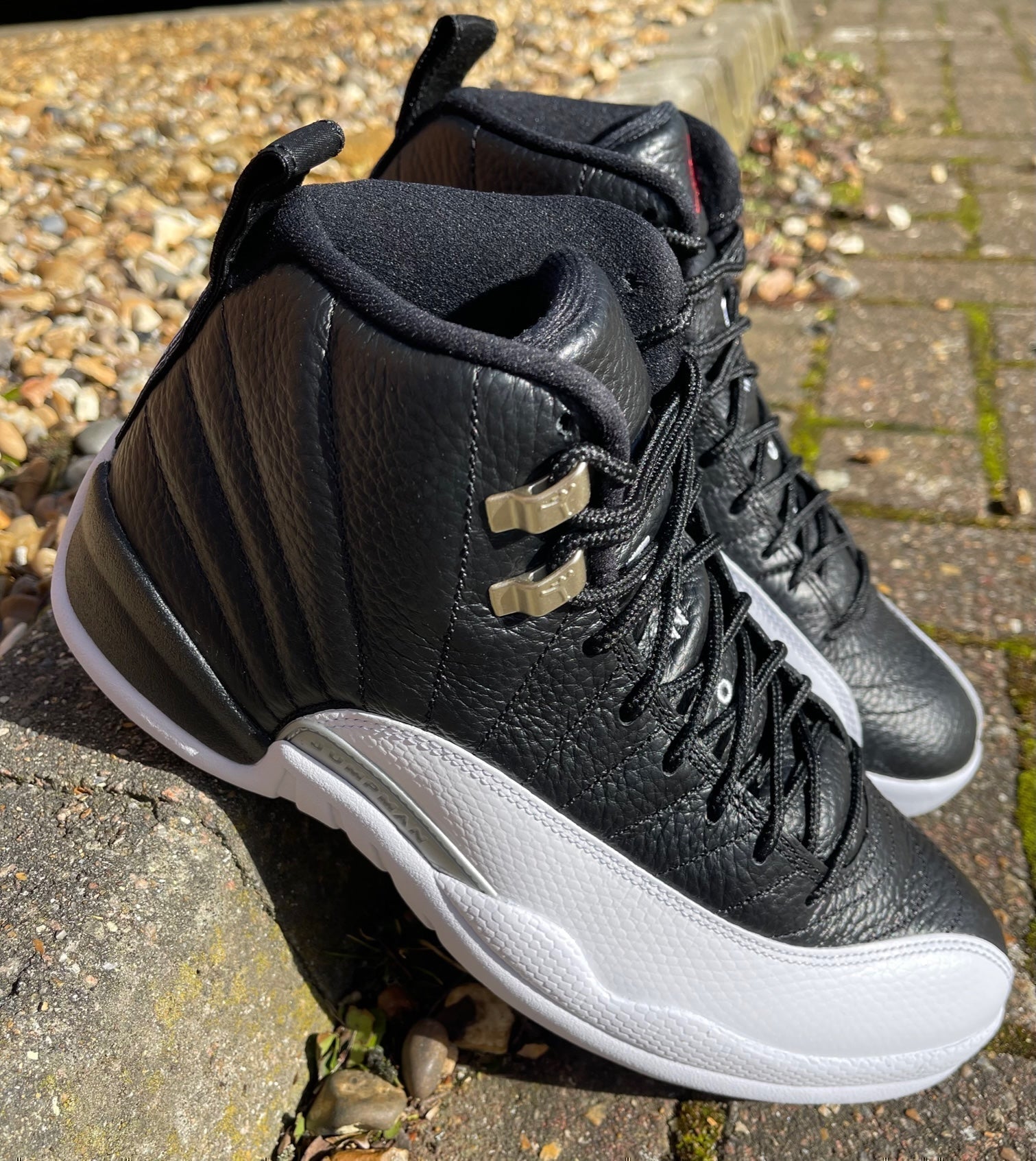
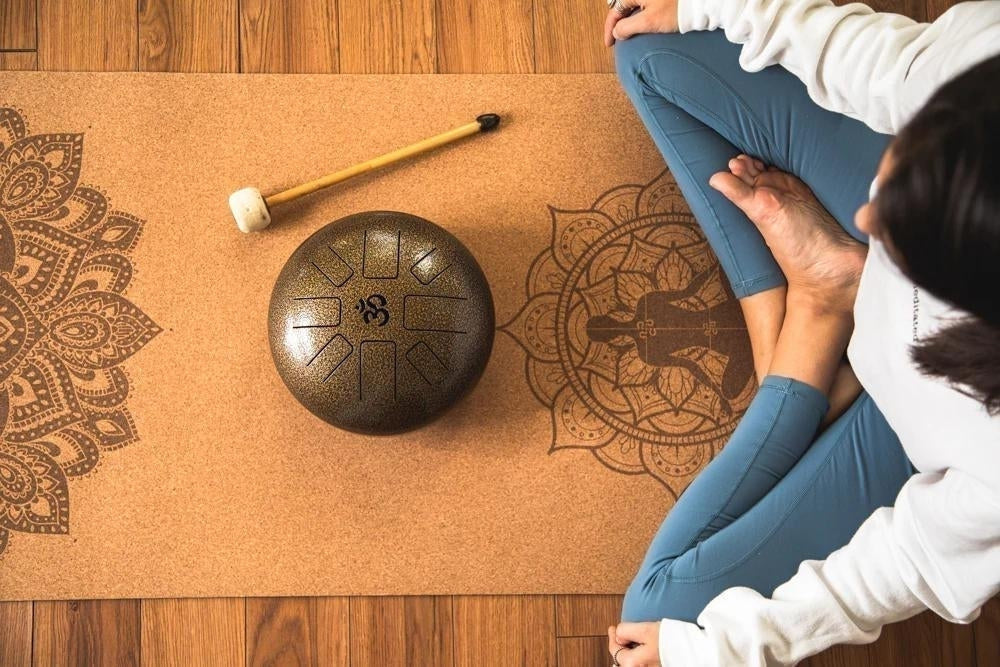
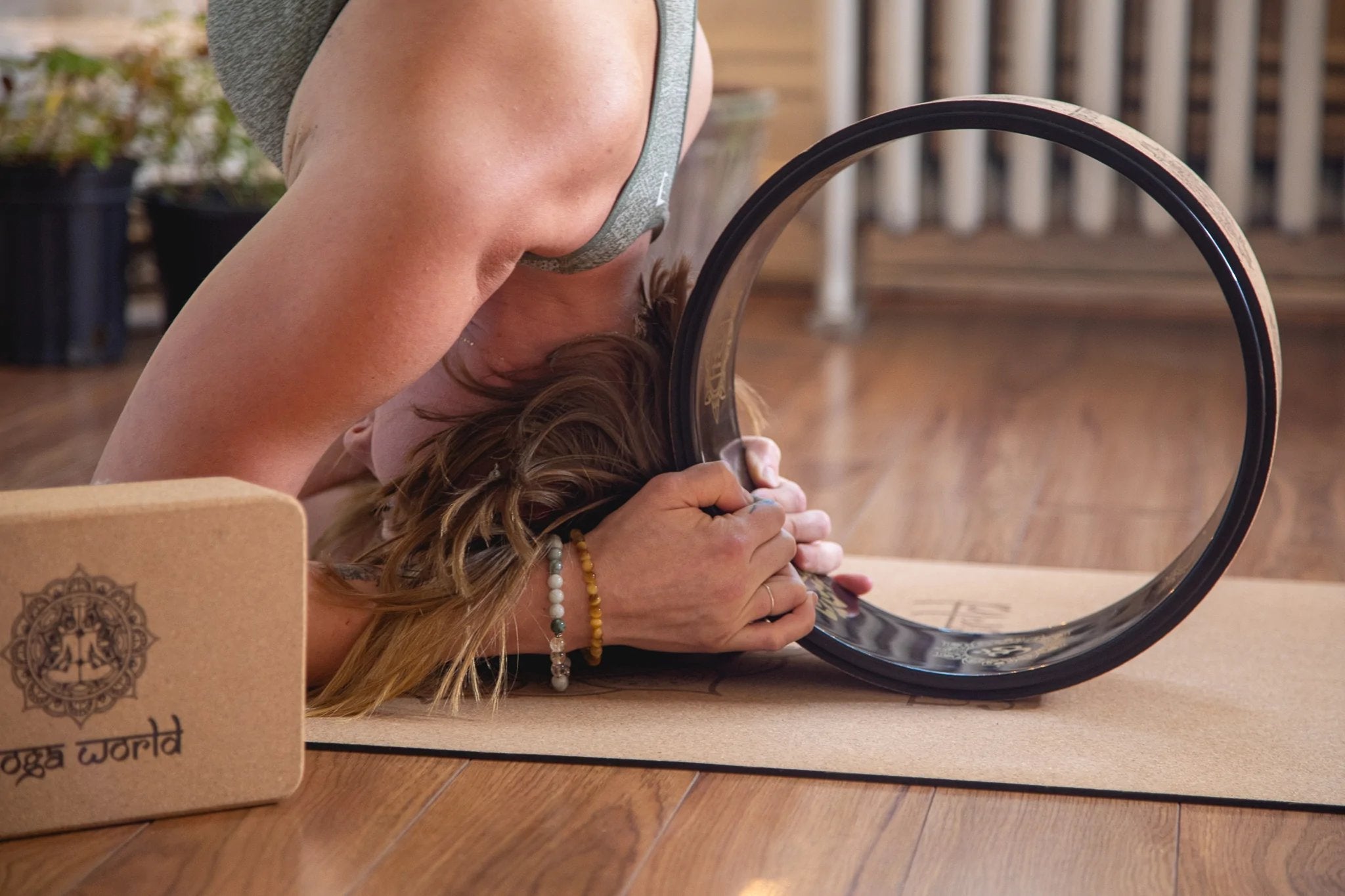
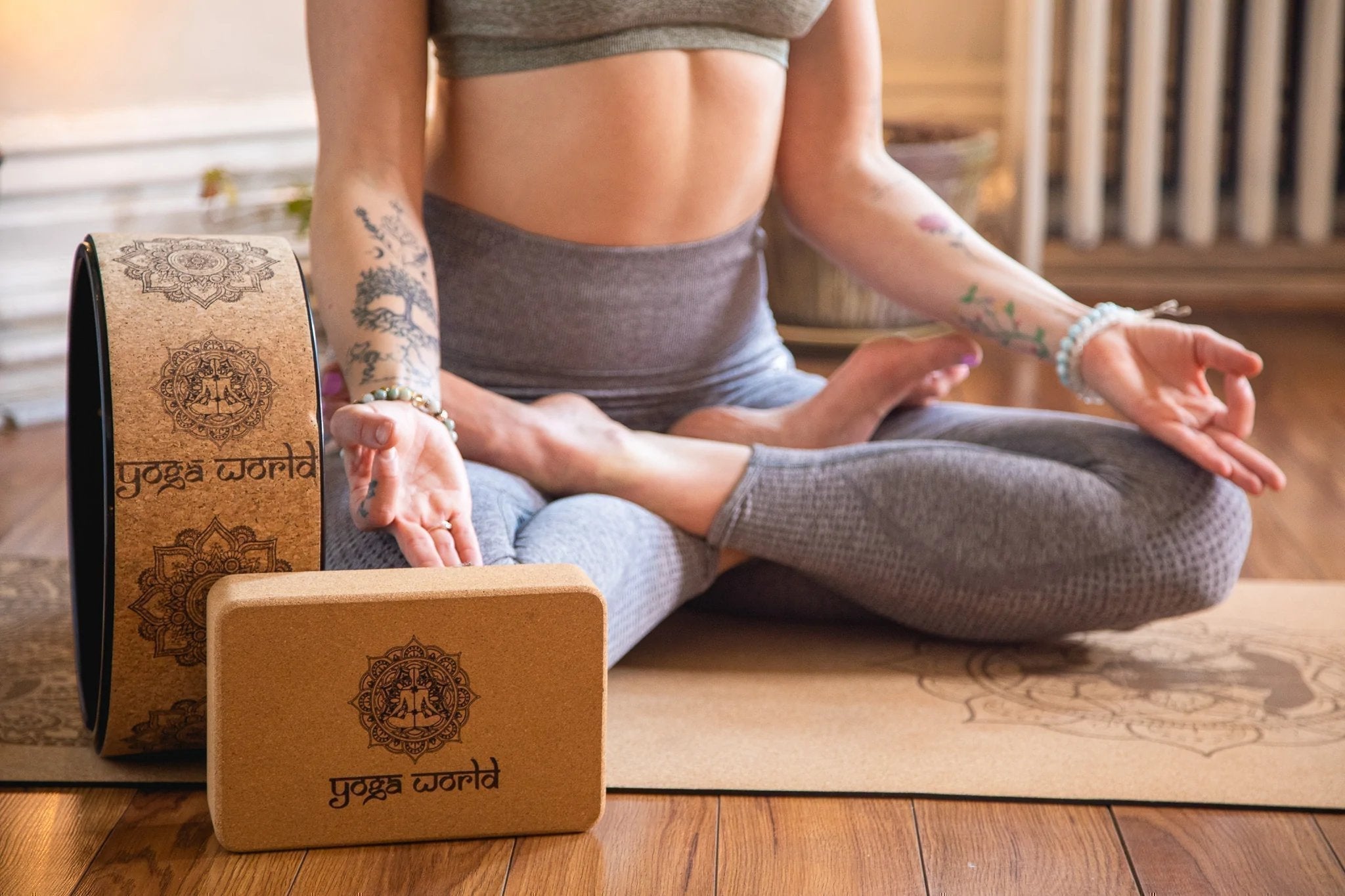
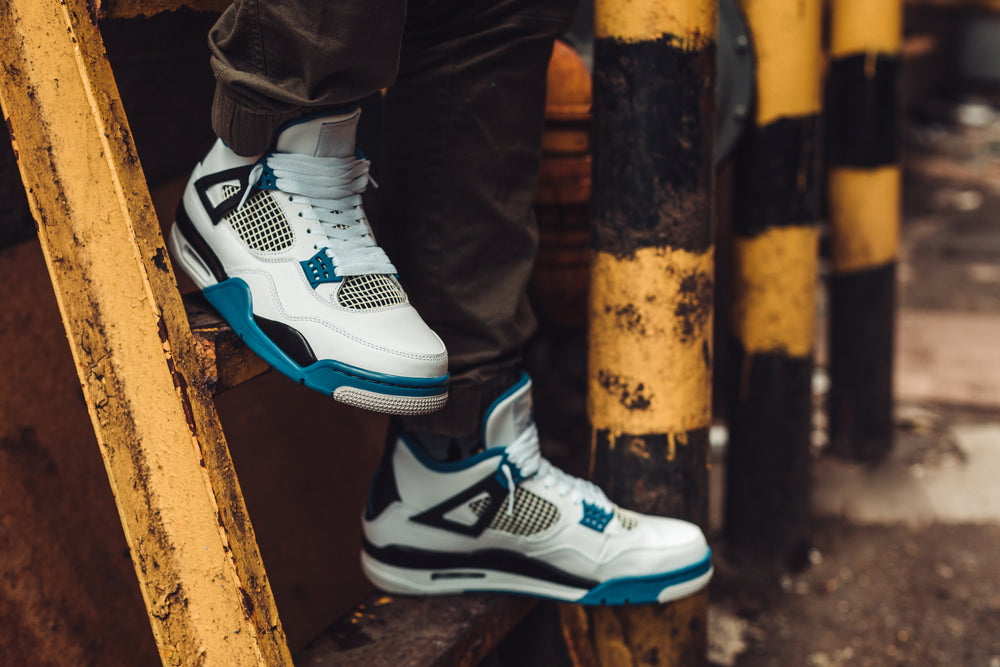




Leave a comment